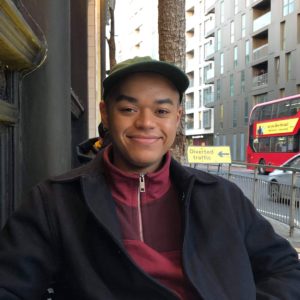
Isaac Huxtable is a freelance writer, as well as a curator at the arts consultancy Artiq. Prior to this, He studied a BA in History of Art at the Courtauld Institute, followed by roles at British Journal of Photography and The Photographers' Gallery. His words have featured in British Journal of Photography, Elephant Magazine, Galerie Peter Sellim, The Photographers' Gallery, and The South London Gallery. He is particularly interested in documentary ethics, race, gender, class, and the body.